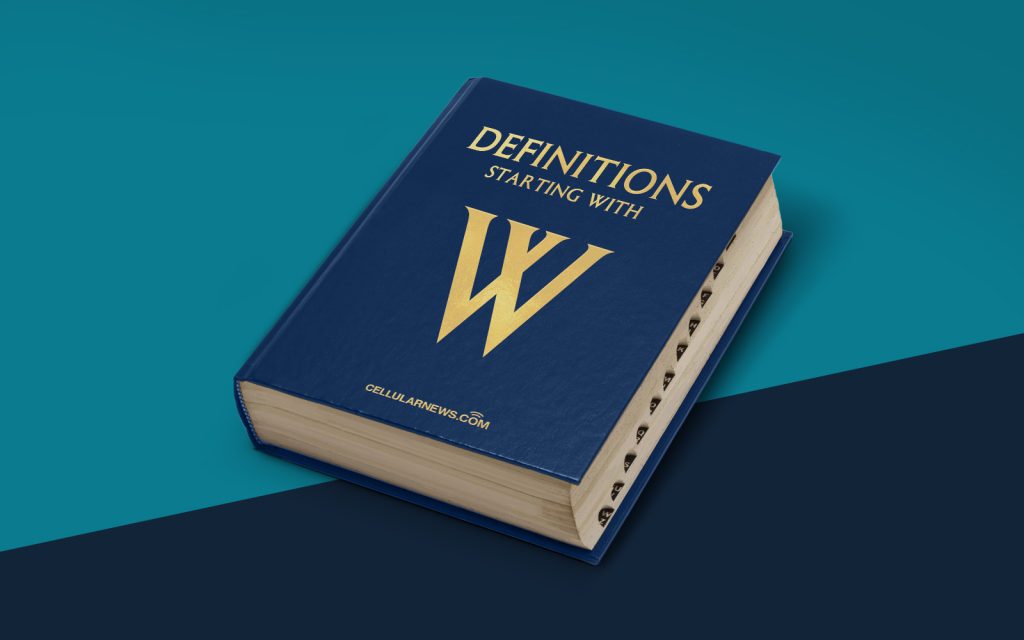
Understanding Web 2.0: Exploring the Dynamic Nature of the Internet
When you hear the term “Web 2.0,” you might wonder what it actually means. Is it a new version of the internet? Is it a software application? Or perhaps it’s a revolutionary concept that has changed the way we interact online. In this article, we will dive deep into the realm of Web 2.0, exploring its definition, key characteristics, and its impact on our digital landscape.
Key Takeaways
- Web 2.0 is a term used to describe the second iteration of the World Wide Web.
- It emphasizes user-generated content, social media platforms, and interactive online experiences.
What is Web 2.0?
Web 2.0 refers to the concept of a second iteration of the World Wide Web. It represents a shift from static, one-way information dissemination to an interactive and collaborative online experience. Web 2.0 emphasizes user-generated content, social media platforms, and the seamless integration of various technologies to enhance user engagement and interactivity.
The Characteristics of Web 2.0
Now that we understand the basic definition of Web 2.0, let’s explore its key characteristics that set it apart from its predecessor:
- Interactivity: Web 2.0 encourages active participation and engagement from users. It facilitates communication and collaboration among users, creating a dynamic environment where ideas and information are shared freely. Users can now comment on blog posts, give feedback, and even create their own content.
- User-Generated Content: One of the defining features of Web 2.0 is the ability for users to generate and publish their own content. Platforms like blogs, social media sites, and video-sharing platforms allow individuals to express themselves and share their ideas with a global audience.
- Social Media Integration: Web 2.0 is closely tied to the rise of social media. Platforms like Facebook, Twitter, and Instagram enable users to connect, share, and interact on a massive scale. These platforms have redefined how we communicate and stay connected with friends, family, and even strangers.
- Collaborative Environment: Web 2.0 fosters collaboration and collective intelligence. Users can work together on projects, contribute to wikis, and participate in online forums to solve problems or share knowledge.
- Rich User Experience: With advancements in technology, Web 2.0 offers a more immersive and interactive user experience. Websites have become more visually appealing, incorporating multimedia elements such as images, videos, and animations to captivate users.
The Impact of Web 2.0
The advent of Web 2.0 has revolutionized the online landscape in numerous ways. Here are some notable impacts of this dynamic concept:
- Democratization of Information: Web 2.0 has made information accessible to everyone. With user-generated content and online publishing platforms, individuals no longer have to rely solely on traditional media outlets for news and information.
- Increased User Engagement: Web 2.0 has transformed passive consumers into active participants. Users now have the power to engage with content, share experiences, and contribute their own perspectives, creating a more interactive and engaging online environment.
- Business Transformation: Web 2.0 has opened up new avenues for businesses to connect with customers and build their brands. Companies can now harness the power of social media marketing, user-generated reviews, and influencer collaborations to reach a wider audience and build customer loyalty.
- Global Connectivity: Web 2.0 has connected people from all corners of the world, bridging geographical barriers and fostering cultural exchange. Through social media platforms and online communities, individuals can engage with people who share similar interests and viewpoints, expanding their horizons and fostering global connections.
In conclusion, Web 2.0 represents a significant shift in the online landscape, empowering users to become active participants in the digital realm. Its emphasis on interactivity, user-generated content, and social media integration has transformed the way we communicate, collaborate, and consume information. As the internet continues to evolve, the principles of Web 2.0 will continue to shape our online experiences, fostering greater connectivity and engagement.
